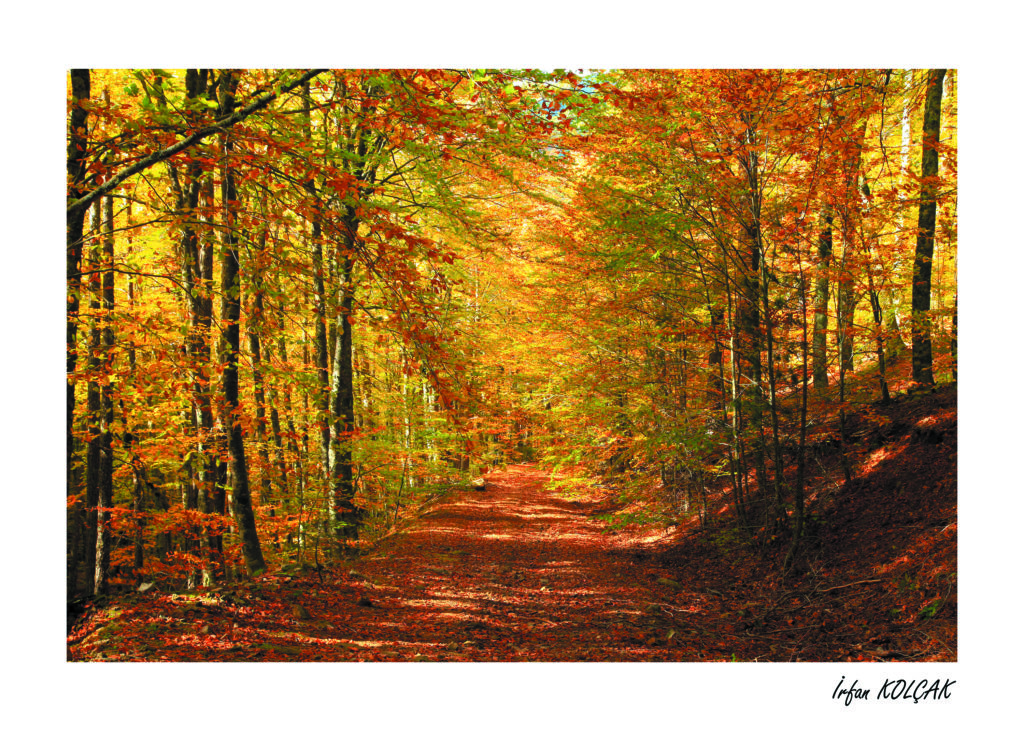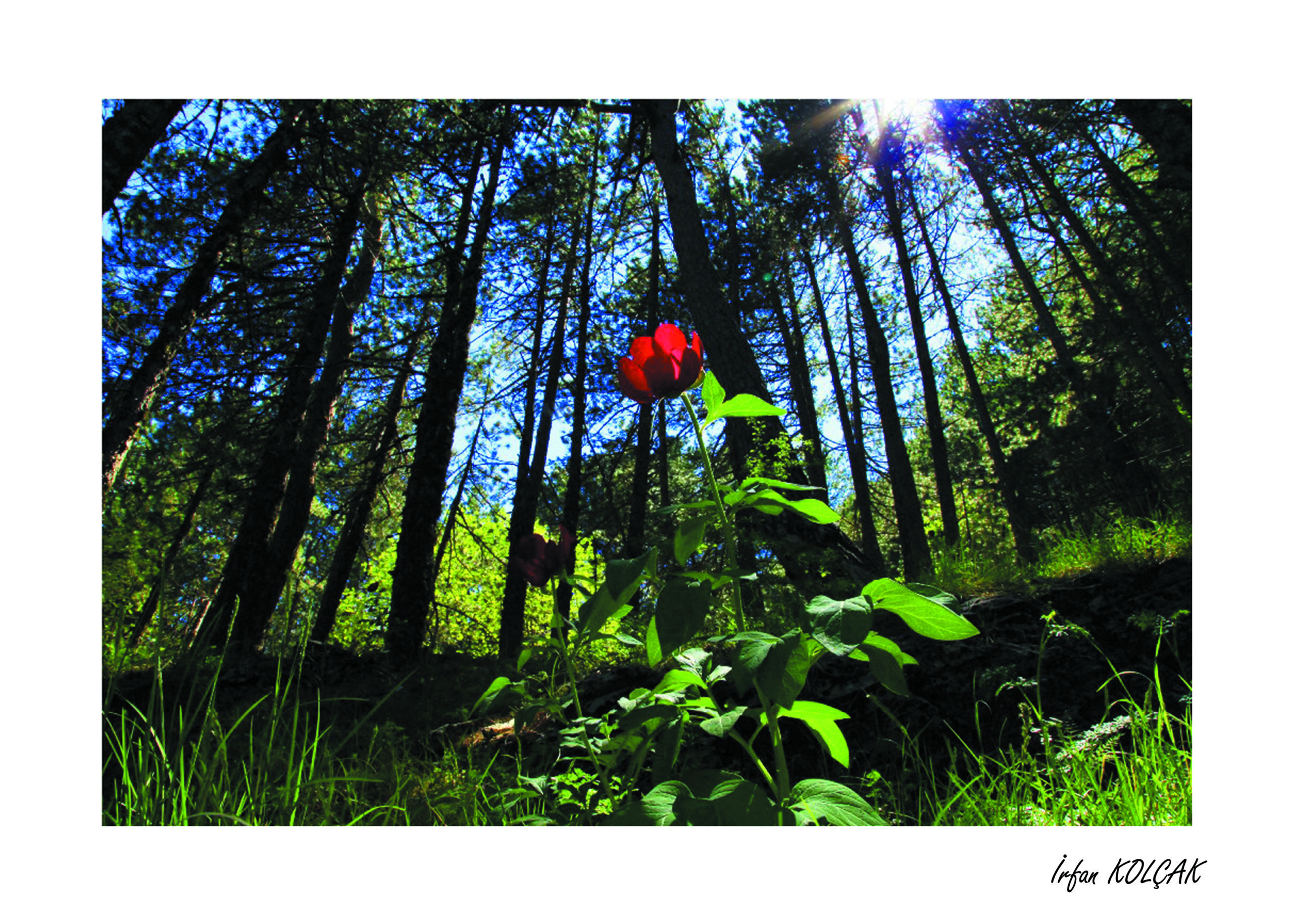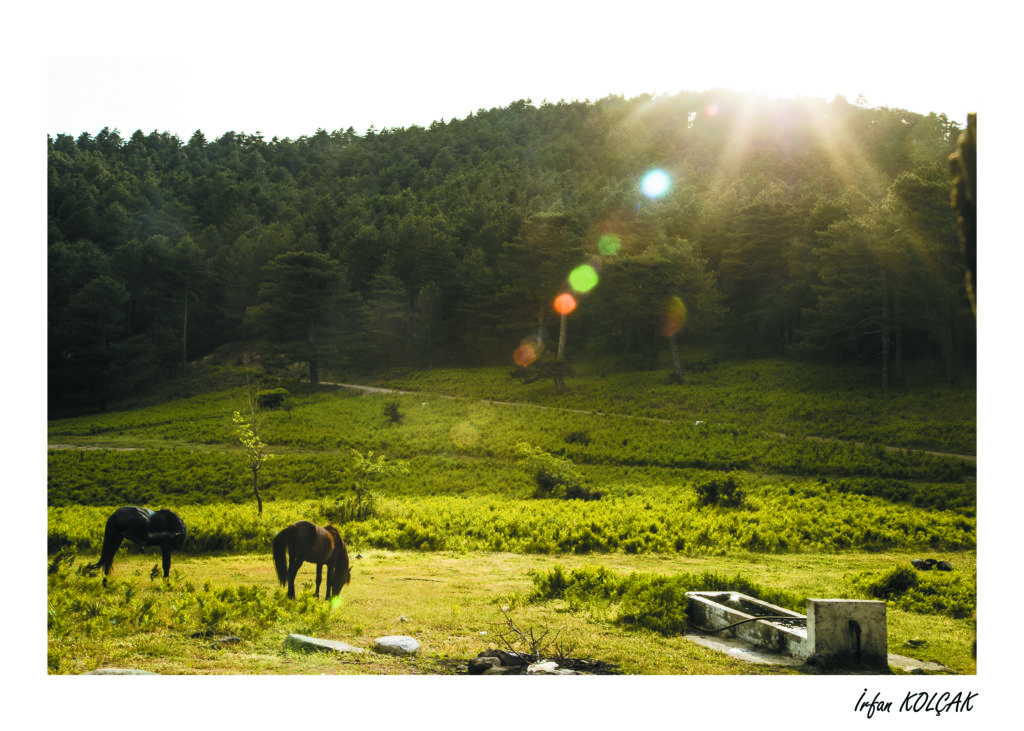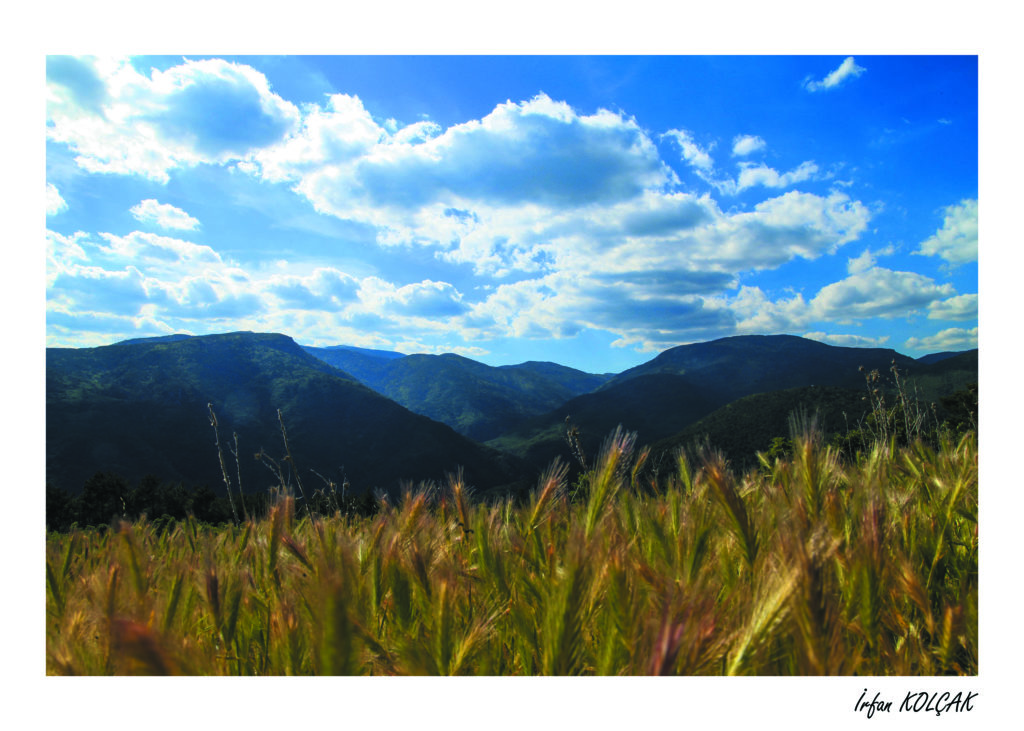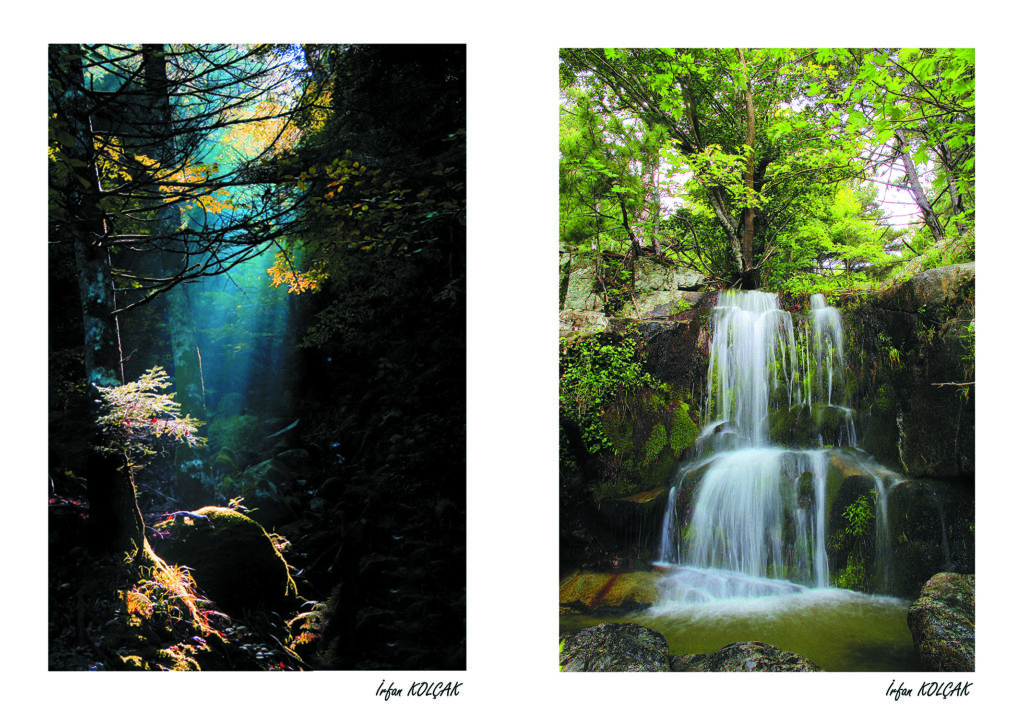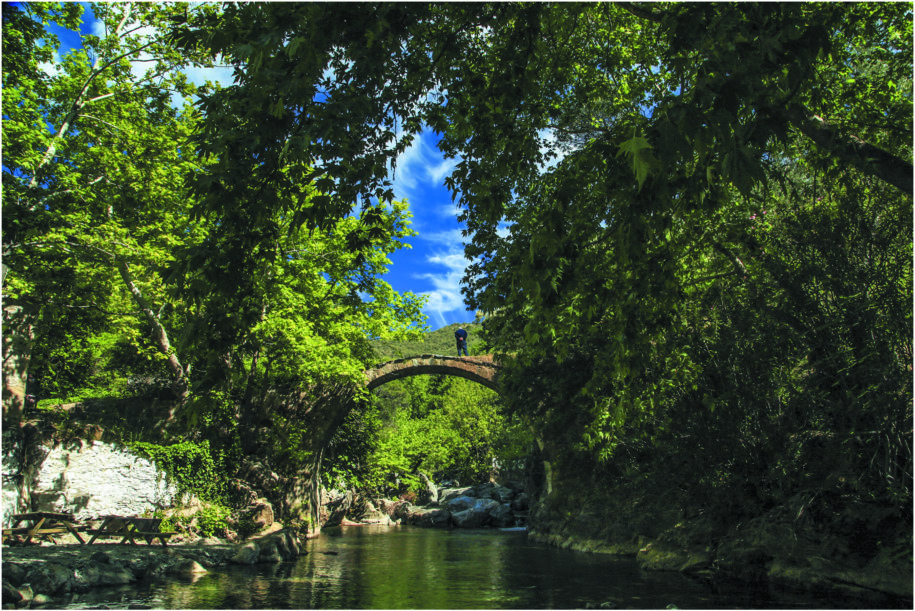The Aeneas’ route is a journey inside a myth in which the Mediterranean nature becomes a narrative voice.
From Troy to the Lazio’s coasts we meet various protected areas and natural landscapes of great fascination.
While running away from Troy, Aeneas and his companions go through Mount Ida’s woods, sacred to the gods.
Here the young Paris, second-born son of King Priam of Troy and Hecuba, had been raised.
The fatal prophecies accompanying his birth led his family to raise him in secret, living as a shepherd on Mount Ida. Due to his incredible beauty, though, he was picked by Goddesses to make his judgement. It was in fact Paris the one to appoint the most beautiful one between Hera (Juno), Athena (Minerva) and Aphrodite (Venus). His preference toward Venus was the reason why Trojans had to face Juno’s wrath later.
His father Priam called him back to live with the court and then sent him to Sparta on a diplomatic mission to meet King Menelaus, husband of Helen, the most beautiful woman among the mortal ones. Venus led Helen to fall madly in love with Paris. From this love, poisoned fruit of the Gods’ dispute, came endless misfortunes for the Trojans. In the end, though, Paris, with Apollo’s help, was also the one who killed Achilles, the greatest among the Greek warriors.
On Mount Ida also lived another shepherd of amazing beauty, Ganymede. After being kidnapped by Zeus and showing up in the shape of an eagle, Ganymede became the Gods’ cupbearer and even now we call for him to toast to the best wine or an exquisite cocktail.
From Mount Ida’s forest Aeneas took the wood to build the ships that, sailing from Antandros (municipality of Edremit), took him to Lazio to establish the new Troy.
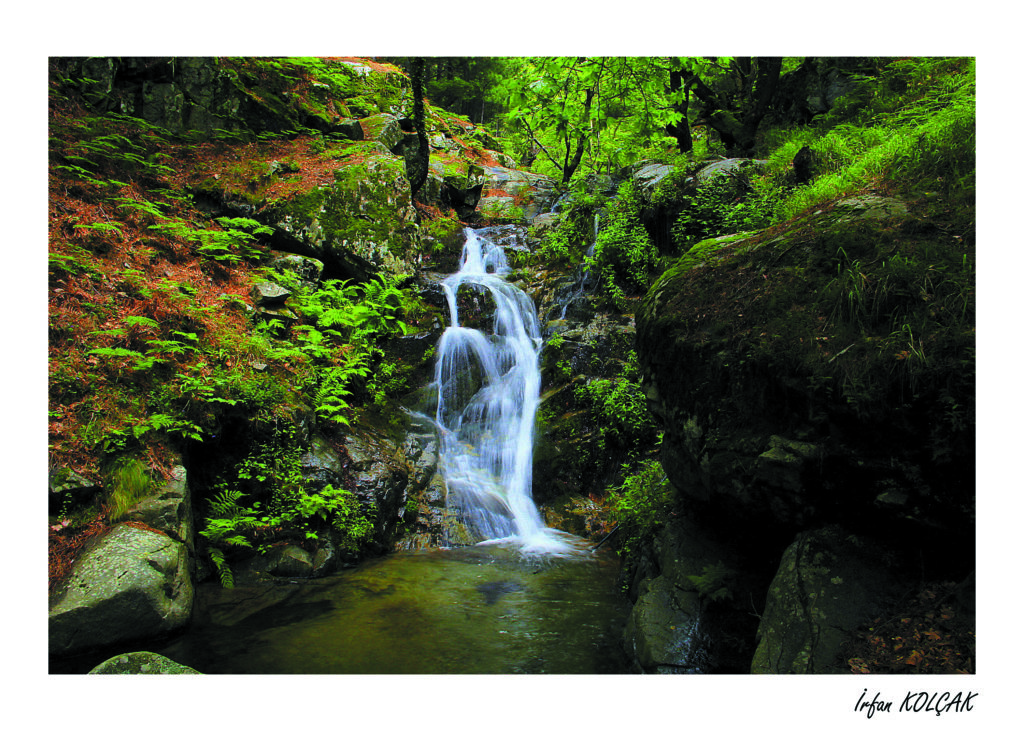
Now, Mount Ida is a national park. Rich of waterfalls and spring water, its woods show a foliage of incredible beauty every autumn.
Aeneas’ Route project recommends visiting it, following the marked paths, to get to know the locations that enchanted the Gods to the point of turning them into a symbolic site of beauty.
